Understanding Lead Generation
Lead generation is a foundational aspect of modern marketing and sales strategies, involving the process of attracting and converting prospective customers into individuals who express interest in a company’s products or services. The significance of lead generation lies in its ability to fuel the sales pipeline with potential customers, ultimately driving revenue growth and business expansion.
Different types of leads are pivotal in understanding this process. Marketing-qualified leads (MQLs) are individuals who have interacted with marketing efforts, such as downloading a whitepaper or filling out a form, indicating a preliminary interest in the company’s offerings. Sales-qualified leads (SQLs), on the other hand, are leads that have been screened and deemed ready for direct sales engagement. This distinction ensures that marketing and sales teams focus their efforts on prospects most likely to convert into customers.
The lead funnel plays a crucial role in this process by guiding leads through various stages—awareness, consideration, and decision—toward making a purchase. It starts with lead capture, followed by nurturing through personalized marketing communications, and culminates in conversion. Understanding this funnel helps marketers identify where potential improvements can be made to enhance conversion rates.
Lead generation is integral to the broader customer acquisition strategy. By identifying and nurturing potential customers, businesses can create a steady stream of prospects who are primed for sales engagement. This strategy’s effectiveness can be measured using various metrics, including conversion rate, cost per lead (CPL), and lead quality. Conversion rate assesses the percentage of leads that turn into paying customers, while CPL evaluates the expense associated with acquiring a new lead. Lead quality metrics, such as lead scoring, ensure that marketing efforts focus on high-potential prospects, maximizing the efficiency of the sales process.
In essence, understanding lead generation illuminates how businesses can effectively attract, nurture, and convert prospects, ensuring sustained growth and competitive advantage in the marketplace.
Effective Lead Generation Techniques
Generating leads effectively is pivotal to the growth and sustainability of any business. There are numerous methods, both traditional and modern, that can be employed to attract and convert potential leads. This section will explore these techniques in depth, offering valuable insights into their implementation and optimization.
Traditional methods, such as attending networking events, remain a cornerstone of lead generation. These events offer direct, face-to-face interactions that help build trust and foster relationships. Similarly, referrals from satisfied customers often lead to highly qualified leads due to the inherent trust factor. Direct mail, despite being seen as outdated, can still be a powerful tool when personalized and targeted correctly, capturing the attention of recipients in a saturated digital market.
Transitioning to modern digital tactics, content marketing stands out as a highly effective method. By creating valuable, informative content that addresses the needs and pain points of your target audience, you can attract and nurture potential leads through various stages of the buyer’s journey. Blog posts, whitepapers, and webinars are just a few examples of content that can drive engagement and generate leads.
Social media campaigns are another potent avenue for lead generation. Platforms like LinkedIn, Twitter, and Facebook allow for targeted advertising and organic reach. Engaging content, such as contests and interactive posts, can captivate your audience and drive traffic to your website or landing pages.
SEO (Search Engine Optimization) is crucial for ensuring your content and website are discoverable by search engines, thereby increasing organic traffic. Focusing on relevant keywords, optimizing metadata, and building backlinks can substantially improve your ranking and visibility.
Email marketing, when executed effectively, remains one of the highest ROI lead generation techniques. Personalized, relevant email campaigns can nurture leads, keeping your brand at the forefront of their minds and guiding them towards conversion.
Optimizing landing pages is essential for converting visitors into leads. Clear, concise messaging, compelling calls-to-action (CTAs), and streamlined forms should be prioritized to reduce friction and encourage conversions. Utilizing CRM tools can help manage and track leads more efficiently, ensuring no potential opportunity slips through the cracks.
Analytics play a crucial role in continuously improving lead generation strategies. By regularly reviewing campaign performance, conversion rates, and other key metrics, adjustments can be made to enhance effectiveness and achieve better results over time.
In conclusion, mastering lead generation requires a blend of traditional and modern techniques, along with ongoing optimization and analysis to refine strategies and maximize effectiveness.

